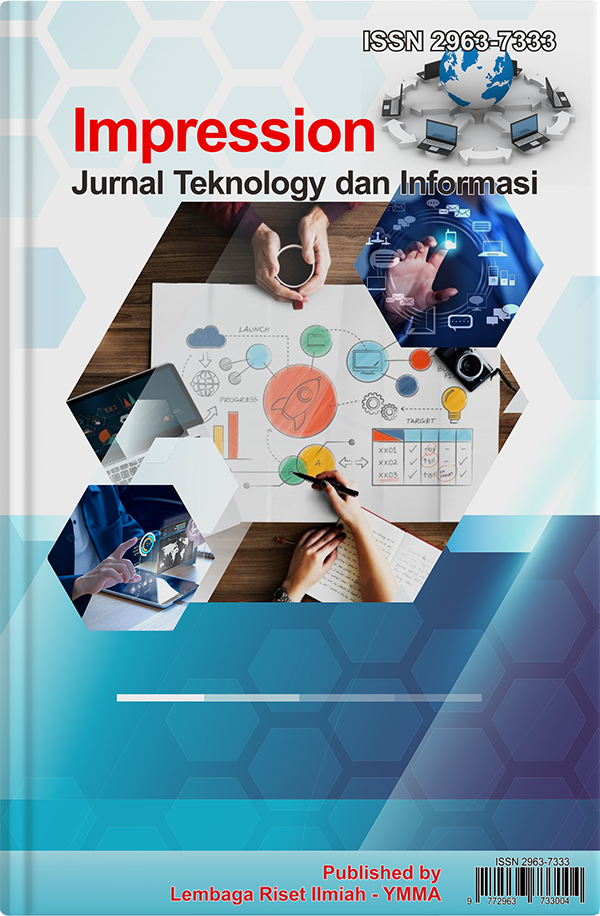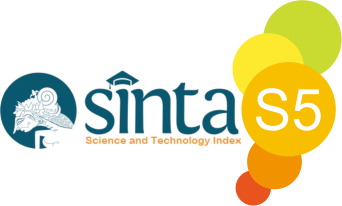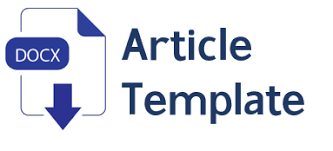Analisis Line Balancing Pada Carline Subaru Menggunakan Metode Rank Positional Weight (RPW) Untuk Meningkatkan Efisiensi Dan Produktivitas Kerja
DOI:
https://doi.org/10.59086/jti.v4i2.998Keywords:
Line Balancing, Rank Positional Weight, Sistem ProduksiAbstract
Optimizing time in the balance of the production trajectory is very important for companies engaged in the automotive component industry such as PT YYY where the production process is made in bulk where the methods and elements of work are carried out repeatedly. Therefore, this trajectory balance must be well planned in order to be able to efficiently use labor and maximize company profits. To overcome this, good production control management is needed so that there is no time and idle operators that result in losses for the company. Line balancing is the balancing of assigning several work elements to the workstation to minimize the number of work stations and reduce the total idle time on all workstations at a certain output level. This study uses a quantitative approach using the Rank Positional Weight (RPW) method. The research flow starts from problem identification, field studies and literature studies. After conducting an approach study, then the determination of the problem limit, problem formulation and research objectives are carried out. The smoothness index value obtained was 590.565 indicating an imbalance in the distribution of workload between stations. Although the level of efficiency is close to the minimum limit accepted in the industry, it still shows potential for improvement
References
Baroto, T. (2002). Perencanaan dan pengendalian produksi cetakan pertama (Edisi pertama). Jakarta: Ghalia Indonesia.
Basuki, H., & Mahmud, M. Z. (2018). Perancangan sistem keseimbangan lintasan produksi dengan pendekatan metode heuristik. Jurnal Teknologi, 11(2), 1–9.
Boysen, N., Fliedner, M., & Scholl, A. (2007). A classification of assembly line balancing problems. European Journal of Operational Research, 183(2), 674–693. https://doi.org/10.1016/j.ejor.2006.10.010
Desfiasri, A. R. (2013). Optimasi kapasitas produksi assembly line. Jurnal Teknik Industri, 9–22.
Dharmayanti, I., & Marliansyah, H. (2019). Perhitungan efektifitas lintasan produksi menggunakan metode line balancing. Jurnal Manajemen Industri dan Logistik, 3(1), 45–56. https://doi.org/10.30988/jmil.v3i1.63
Ekoanindiyo, F. A., & Helmy, L. (2017). Meningkatkan efisiensi lintasan kerja menggunakan metode RPW dan Killbridge-Western. Dinamika Teknik, 10(1), 16–26.
Fatmawati, R., & Singgih, M. L. (2019). Evaluasi dan peningkatan performansi lini perakitan speaker dengan menggunakan ekonomi gerakan dan line balancing. Jurnal Teknik ITS, 8(1). https://doi.org/10.12962/j23373539.v8i1.37910
Gokulan, B. P., & Srinivasan, G. (2010). Multi-objective Simulated Annealing Algorithm for Solving Assembly Line Balancing Problem. International Journal of Advanced Manufacturing Technology, 50(5-8), 657–667. https://doi.org/10.1007/s00170-010-2523-5
Heizer, J., & Render, B. (2015). Operations Management (11th ed.). Pearson Education.
Jha, S., & Khan, M. S. (2017). An experimental study on the automotive production line using assembly line balancing techniques. International Journal of Mechanical Engineering and Technology, 8(3), 22–33.
Nasution, A. H., & Prasetyawan, Y. (2008). Perencanaan dan pengendalian produksi (Edisi pertama). Yogyakarta: Graha Ilmu.
Prabowo, R. (2016). Penerapan konsep line balancing untuk mencapai efisiensi kerja yang optimal pada setiap stasiun kerja pada PT HM. Sampoerna Tbk. Jurnal IPTEK, 20(2), 9. https://doi.org/10.31284/j.iptek.2016.v20i2.25
Sinulingga, S. (2009). Perencanaan dan pengendalian produksi (Edisi pertama). Yogyakarta: Graha Ilmu.
Suhardi, B. (2008). Perancangan sistem kerja dan ergonomi industri (Jilid 1). Jakarta: Departemen Pendidikan Nasional.
Suryanto, T. (2018). Perencanaan dan Pengendalian Produksi. Yogyakarta: Andi.
Trenggonowati, D. L., & Febriana, N. (2019). Mengukur efisiensi lintasan dan stasiun kerja menggunakan metode line balancing studi kasus PT. XYZ. Jurnal Industrial Servicess, 4(2), 97–105. https://doi.org/10.36055/jiss.v4i2.5158
Wignjosoebroto, S. (2003). Pengantar teknik dan manajemen industri (Edisi pertama). Surabaya: Guna Widya.
Wignjosoebroto, S. (2006). Ergonomi, studi gerak dan waktu (Edisi pertama). Surabaya: Guna Widya.
Downloads
Published
How to Cite
Issue
Section
License
Copyright (c) 2025 Zuniar Ningrum; Muhammad Choiru Zulfa Zulfa, Gunawan Mohammad Gunawan

This work is licensed under a Creative Commons Attribution 4.0 International License.
Impression Jurnal Teknologi dan Informasi
Publisher Lembaga Riset Ilmiah

This work is licensed under a Creative Commons Attribution 4.0 International License.













